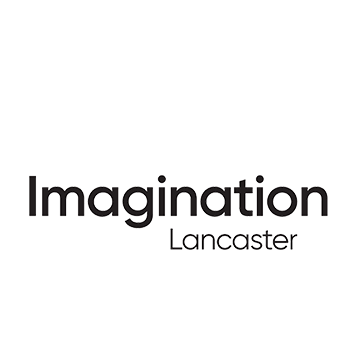In order to produce prototypes which will be both tested for concept and function, lessons have included remaining open to surprises, not ruling out options too quickly for a test which will combine a check for both concept and functions. The main challenges of the brief and our approach are described below.
1. How do we visually link the individual tools together to create a coherent toolkit?
Colour, form and simple, shapes have been constants throughout our ideas. We have aimed to create visual metaphors, helping the audience to make links between people, place and response. Forms such as geodesic domes, abstract shapes, recognisable silhouettes, images and architectural structures have informed the design directions.
2. For the commenters, how can participants easily create visually appealing 3D structures or sculptures from flat, simple shapes whilst maintaining usability, accessibility and attraction?
Having produced a series of sketches and models of the initials ideas, it became clear we need the shapes to be: tactile and inviting for people to pick up; showing clearly where to add comment easily; and they need to connect in a simple way to one another. Likewise, we need to ensure the commenters are reusable across many consultations.
In response, we have focussed on using strong, flexible, lightweight and durable materials for the prototype. We have laser cut a wide range of shapes and interlocking methods, experimenting with how they might attach flexibly at a number of different points and angles. Options include cutting slots for paper/card, using elastic or sourcing a suitable dry-wipe material for direct mark-making.
3. How could we use the zoners to collect data and how do we make them bold, inviting and intriguing at a distance for passers by?
During this stage, we realised that if a zoner represented, prompted and highlighted questions around a particular space, there should be an opportunity to invite direct response in that space, around or into the zoner.
In order to stand out against a landscape of parks and public spaces, perhaps the shapes need to look at odds with the natural environment. One way of achieving this has been to consider creating scaled-up versions of small everyday items and images such as drawing pins, ticks, arrows and dandelions.
One option has been prototyped for a map pin, which involves writing on or adding comments to a giant white banner pinned down by the map pin zoner. This echoes the use of map pins in everyday life to collect ideas and mark out geographical locations
It remains an on-going challenge however to devise a straightforward method of adding thoughts and comments without detracting from the bold, simple forms of the compass point, arrow, ticks and other shapes.
We have produced prototypes from a number of these ideas for discussion and testing with the wider project team including:
- Large-scale map pins and compass points
- 3D Ticks, arrows and “X marks the spot”
- Dandelion-shaped markers
4. How could we capitalise on the equipment Lancaster City Council already has in their stores to help keep costs down?
The Council owns a range of equipment available for us to use. Our ideas for the zoners are based around the use of their metal ground pins for anchoring and securing the zoners. Standard recycling boxes may be used for storage and transportation of the commenters, and coloured tape could be handy for directional signage or marking out areas.
Next steps
We will be sharing our ideas and testing our prototypes with the project team in a couple of days, when we will be choosing the best options for manufacture!
Hayley Alter & Sarah Pickard
